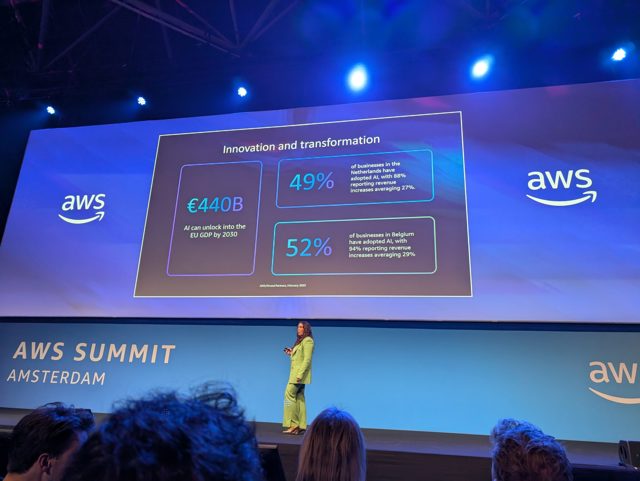April 16, 2025
Don’t let ChatGPT take the messy part away from us
“Students need to learn how to use AI.” That message is echoed by policymakers, principals and parents alike. But according to VU professor and secondary school teacher Felienne Hermans, it’s not obvious that schools should be the ones to take on that task. AI tools like ChatGPT weren’t requested by the education system—they were imposed by the market.
In her opinion piece for NRC, Hermans argues for a more critical approach. Learning to work with AI starts with understanding its limitations, such as “hallucinations”—confident but incorrect answers. Teaching students to think critically in response to these errors is difficult in a digital environment full of misinformation. Her answer? Build deep factual knowledge—the kind that doesn’t come from clever prompting, but from years of cumulative learning.
Hermans also cautions against the lure of convenience. Students often turn to AI for help with creative tasks—the very kind of assignments that require them to think independently. The point of writing an essay or research paper isn’t the polished product, she says, but the messy process: “sitting with your discomfort,” and working through confusion until ideas take shape.
Even in the age of AI, effective education still depends on engaged teachers who provide structure, knowledge, and space to practice. Not because it’s tradition—but because it works.
Vergelijkbaar >
Similar news items

April 16, 2025
AWS: Dutch businesses are adopting AI faster than the European average
read more >

April 16, 2025
Submit your nomination for the Dutch Applied AI Award 2025
read more >

April 16, 2025
UK government tests AI to predict murders
read more >